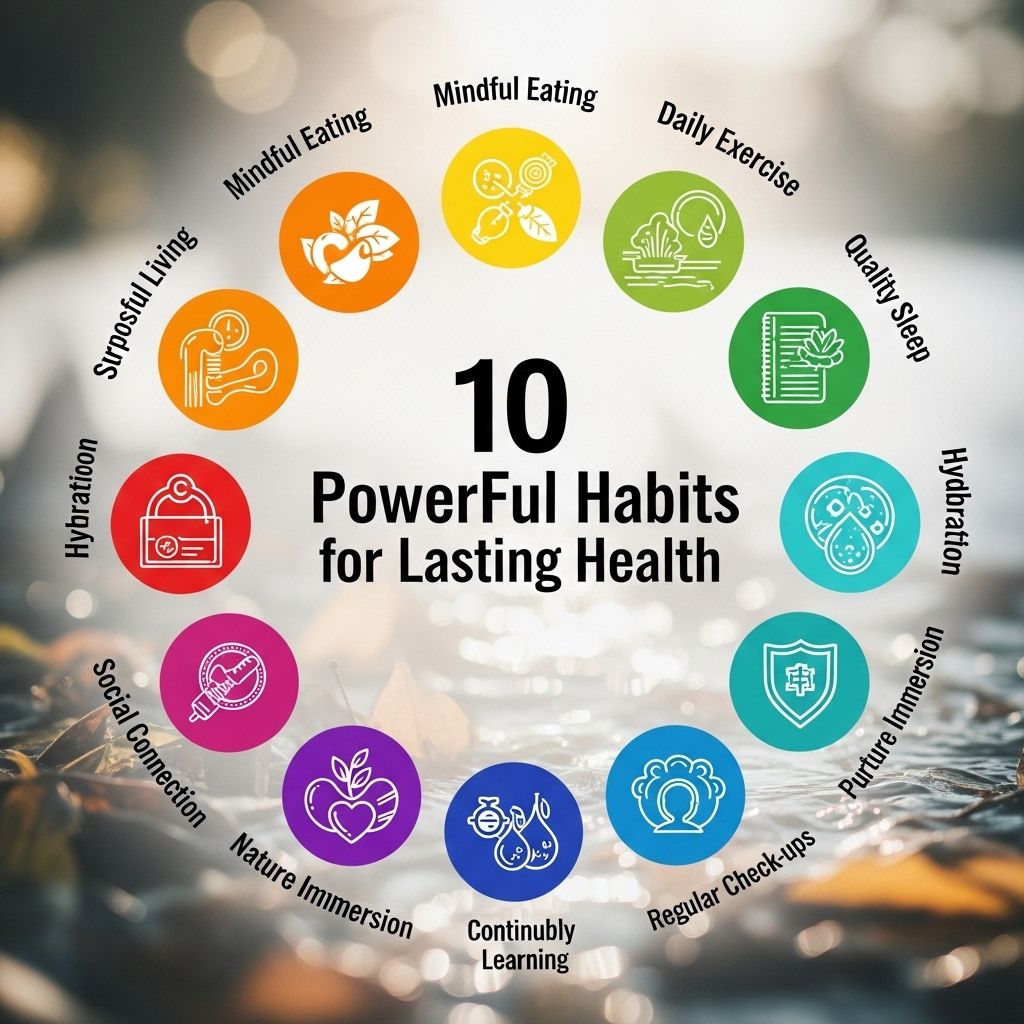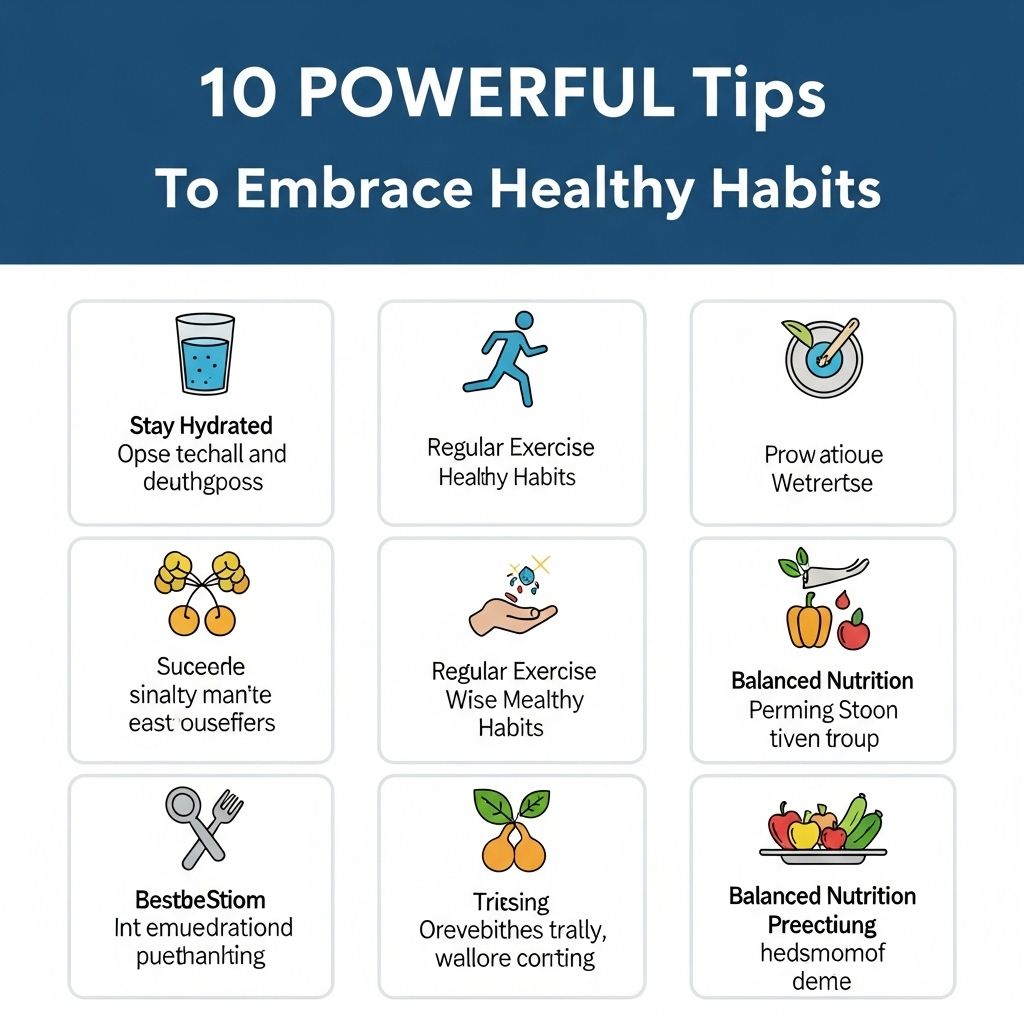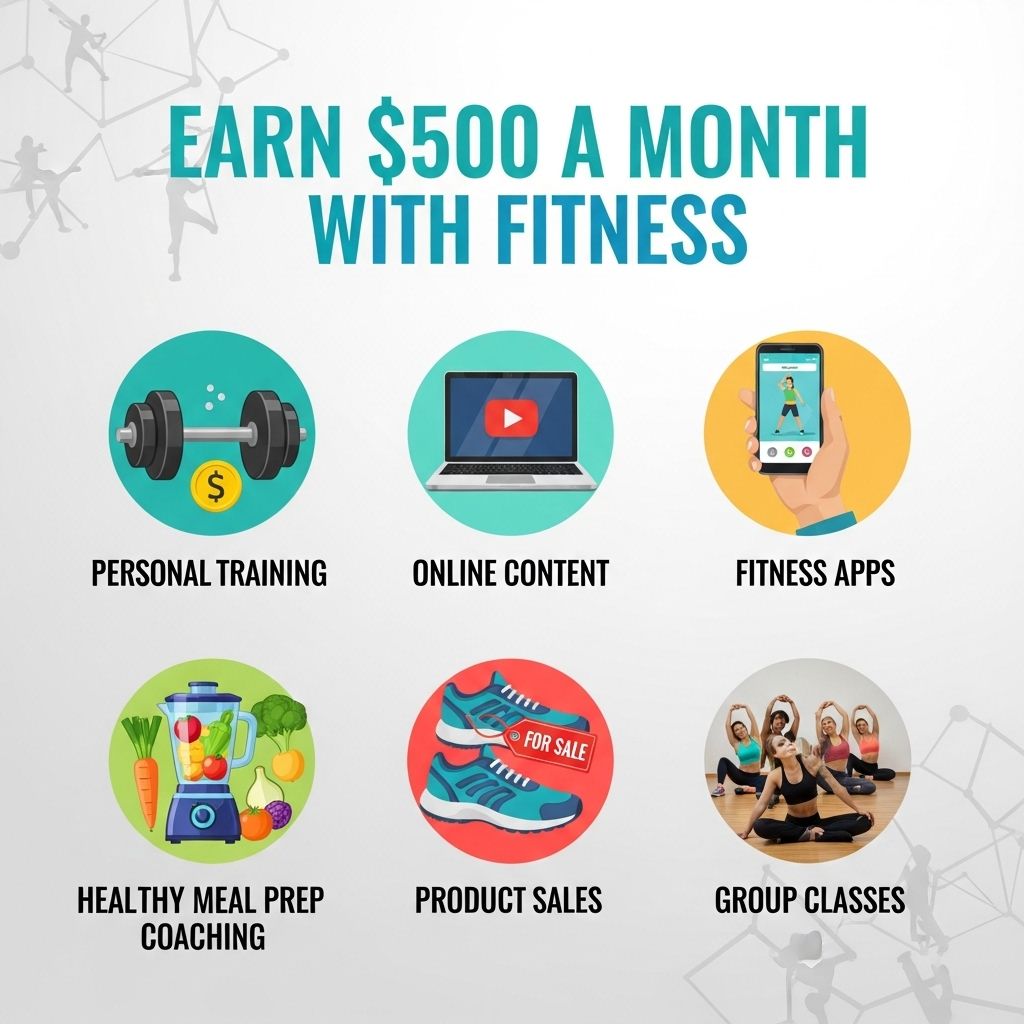7 Powerful Tips for Creating Listings That Sell
Discover 7 powerful tips to craft compelling listings that attract buyers and boost sales. Transform your selling strategy today!

In the competitive world of online marketplaces, crafting compelling listings can be the difference between a product that sits idle and one that flies off the virtual shelves. Whether you’re an experienced seller or just starting, the way you present your products can significantly impact your sales. This article delves into effective strategies and techniques that can help you create listings that not only attract attention but also convert browsers into buyers.
Table of Contents
Understanding Your Audience
Before creating any listing, it’s crucial to understand who your audience is. Knowing your target market allows you to tailor your listings to meet their needs and preferences. Here are some steps to consider:
- Research Your Market: Utilize tools like Google Trends or social media insights to determine what your potential customers are interested in.
- Create Buyer Personas: Develop detailed profiles of your ideal customers, including demographics, interests, and buying behaviors.
- Analyze Competitors: Look at existing listings in your niche to see what works and what doesn’t.
Crafting Irresistible Titles
Your title is the first thing potential buyers will see, making it a critical component of your listing. Here are some tips for creating effective titles:
- Be Descriptive: Use clear and precise language that describes the product, including key features and benefits.
- Incorporate Keywords: Identify relevant keywords that potential buyers might use when searching for products like yours.
- Keep It Concise: Aim for a title length that is easy to read, typically between 60-80 characters.
Examples of Effective Titles
| Product Type | Effective Title |
|---|---|
| Wireless Headphones | Noise-Cancelling Wireless Headphones with 30-Hour Battery Life |
| Fitness Tracker | Advanced Fitness Tracker with Heart Rate Monitor & Sleep Analysis |
| Organic Dog Food | Grain-Free Organic Dog Food for All Breeds – 25lb Bag |
Writing Engaging Descriptions
The description is where you can provide more detailed information about your product. A well-crafted description should:
- Highlight Key Features: List the main benefits and features that make your product stand out.
- Tell a Story: Connect with your audience by explaining how the product can improve their lives.
- Use Bullet Points: Break up text and make it easier to read by using bullet points for key features.
Structure of a Good Product Description
Here’s a suggested structure:
- Opening Statement: A catchy sentence that encapsulates what the product is.
- Feature List: Bullet points detailing key features and benefits.
- Use Cases: Provide examples of how the product can be used.
- Call to Action: Encourage the reader to make a purchase.
Utilizing High-Quality Images
Visuals play a crucial role in online shopping experiences. Products that are presented with clear, high-quality images tend to perform better. Here are some best practices:
- Use Professional Photography: Consider hiring a professional photographer to capture your product.
- Show Multiple Angles: Provide images from different perspectives to give buyers a comprehensive view.
- Include Lifestyle Images: Photos of the product in use can help customers envision it in their own lives.
Image Optimization
To ensure your images enhance your listing, follow these optimization tips:
- Use Alt Text: Add descriptive alt text to all images to improve SEO.
- Compress Images: Small file sizes improve loading times.
- Choose the Right Format: Use formats like JPEG for photos and PNG for graphics.
Setting Competitive Prices
Pricing is a critical aspect that can affect your sales. Here’s how to find the right price point:
- Research Competitor Prices: Check similar products to understand market rates.
- Consider Your Costs: Account for production, shipping, and marketplace fees to ensure profitability.
- Utilize Psychological Pricing: Prices ending in .99 can make products seem cheaper.
Pricing Strategies
Here are some common pricing strategies to consider:
- Penetration Pricing: Start with lower prices to attract customers, then increase them as your market share grows.
- Premium Pricing: Set higher prices to convey higher quality and exclusivity.
- Dynamic Pricing: Adjust prices based on demand, competition, and other market factors.
Encouraging Customer Reviews
Positive reviews can significantly influence buying decisions. Here’s how to garner more customer feedback:
- Follow Up After Purchase: Send customers an email thanking them for their purchase and kindly asking for a review.
- Incentivize Reviews: Offer discounts on future purchases or small freebies in exchange for honest feedback.
- Respond to Reviews: Engage with customers by acknowledging their reviews to build trust.
The Impact of Reviews on Sales
Consider the following statistics regarding customer reviews:
| Statistic | Impact |
|---|---|
| 70% of customers read product reviews before making a purchase. | Higher likelihood of buying after reading positive reviews. |
| Reviews can increase conversion rates by up to 270%. | More reviews can lead to increased trust and higher sales. |
Promoting Your Listings
After creating the perfect listing, the next step is to promote it to reach a wider audience. Here are some effective strategies:
- Utilize Social Media: Share your listings on platforms where your target audience spends time.
- Leverage Influencer Marketing: Partner with influencers in your niche to reach a broader audience.
- Run Paid Advertising: Use PPC ads on search engines and social media to drive traffic to your listings.
Measuring Success
It’s essential to track the performance of your listings to understand what works. Key metrics to monitor include:
- Click-Through Rate (CTR): The percentage of people who click on your listing compared to the total number of views.
- Conversion Rate: The percentage of visitors who make a purchase after viewing your listing.
- Customer Acquisition Cost: The cost incurred to acquire a customer through various marketing efforts.
By implementing these tips, you can enhance the effectiveness of your online product listings, attract more potential buyers, and ultimately boost sales. Remember, the goal is to create a positive shopping experience that resonates with customers, enticing them to choose your products over the competition.
FAQ
What are the key elements of a successful product listing?
A successful product listing should include a compelling title, high-quality images, detailed descriptions, bullet points highlighting features, and relevant keywords for SEO.
How important are images in a product listing?
Images are crucial as they provide a visual representation of the product, allowing customers to assess quality and style, which can significantly influence their purchasing decision.
What role do keywords play in product listings?
Keywords help improve your product’s visibility in search results, making it easier for potential customers to find your listing, thus increasing the chances of sales.
How can I effectively write product descriptions?
Effective product descriptions should be clear, informative, and persuasive, focusing on benefits and addressing potential customer concerns while incorporating relevant keywords.
What is the importance of customer reviews in listings?
Customer reviews build trust and credibility, as they provide social proof and can influence potential buyers’ decisions, often leading to increased sales.
How often should I update my product listings?
Regularly updating your product listings is essential to keep them relevant, improve SEO, and adjust to changing market trends and customer feedback.








